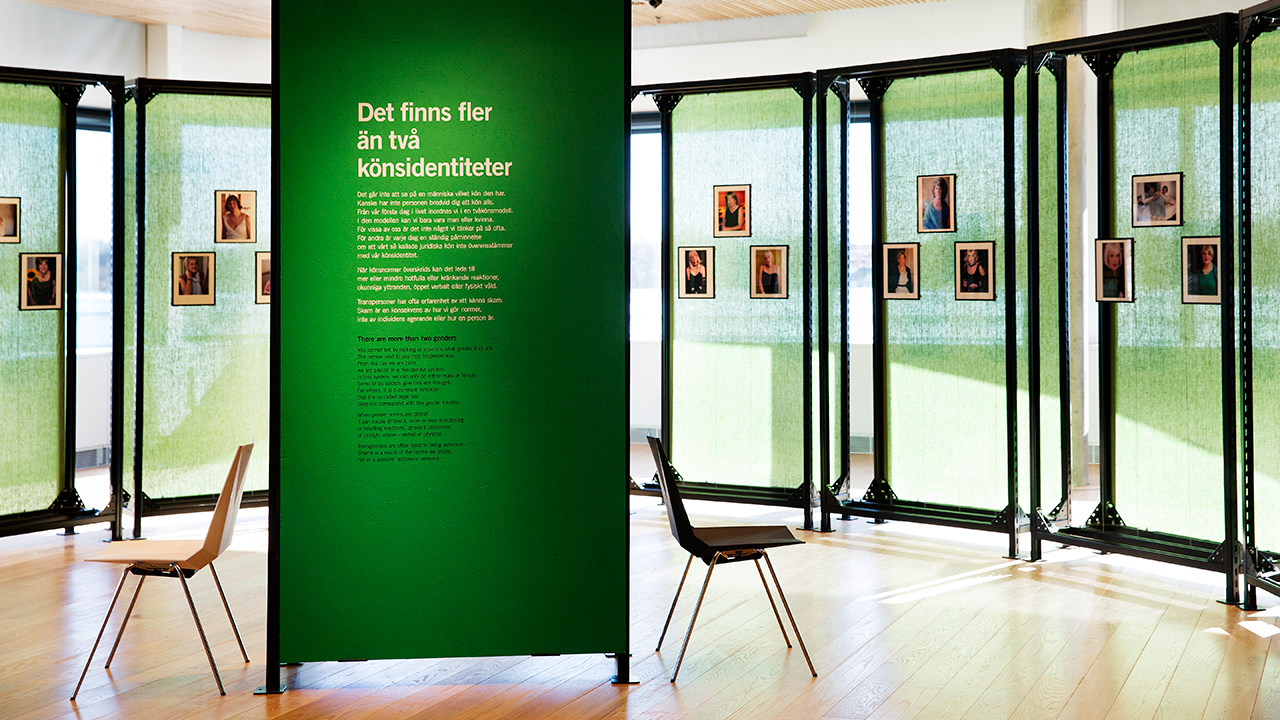Photo: Library of Congress, British Cartoon Prints Collection
A Clamouring Silene Transformed bild_ny
Pressphotos
High-resolution images are available for editorial coverage
maria.hedberg@umea.se
exhibition Catalog

MARCH 28 – MAY 16 2015
A Clamouring silence transformed
about age, women and history
We are transforming our first exhibition A clamouring silence, changing our viewpoint, bringing in new perspectives and experiences. The exhibition still revolves around women, aging and history – and about transgenderism.
In this exhibition, we focus on what happens when gender norms are challenged by an older person. Transgenderism is not about sexuality. Transgenders can, just like everybody else, have different sexual preferences. This is about gender identity and aging; how ideas about gender affect the terms of aging. And, vice versa, how aging affects gender norms.
Our history books are almost completely devoid of norm-challenging gender identities. The silence grows louder and louder, the farther away from the norms we wander. However, there are a few old stories of norm-challenging individuals which tell us of a viewpoint quite different from that of today, where some individuals seem to have been given a living and an acting space.
We may think that gender is something permanent – that we are born to be either a boy or a girl. It is more accurate to say that we are born in unique bodies – a body which is then determined to be girl or boy.

Photo: Malin Grönborg
Gender is determined based on assumptions that:
There are only two
They can be defined as male or female
These genders are distinguishable
They are clearly different.
End of story. But this experience is not shared by everyone; it is not necessarily a question of one or the other – something that the people in Kerstin Ekström’s photos can testify to.
People can be hurt by the norms regarding age and gender that we create and by the ways we maintain these norms. The fact that this subject is being made invisible and surrounded by ignorance is a major democratic problem.
By understanding that gender norms differed in the past, we can learn that the norms of today can be changed. However it may seem, norms are not set in stone.
"By understanding that gender norms differed in the past, we can learn that the norms of today can be changed."

